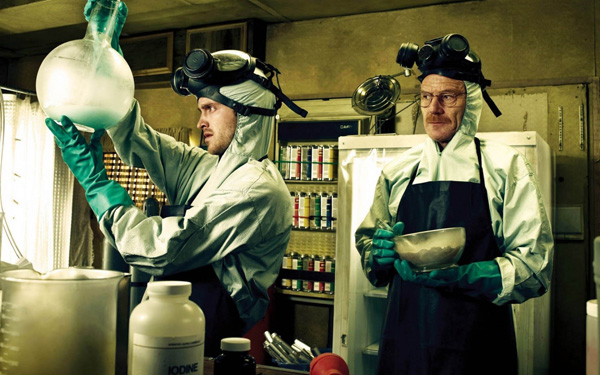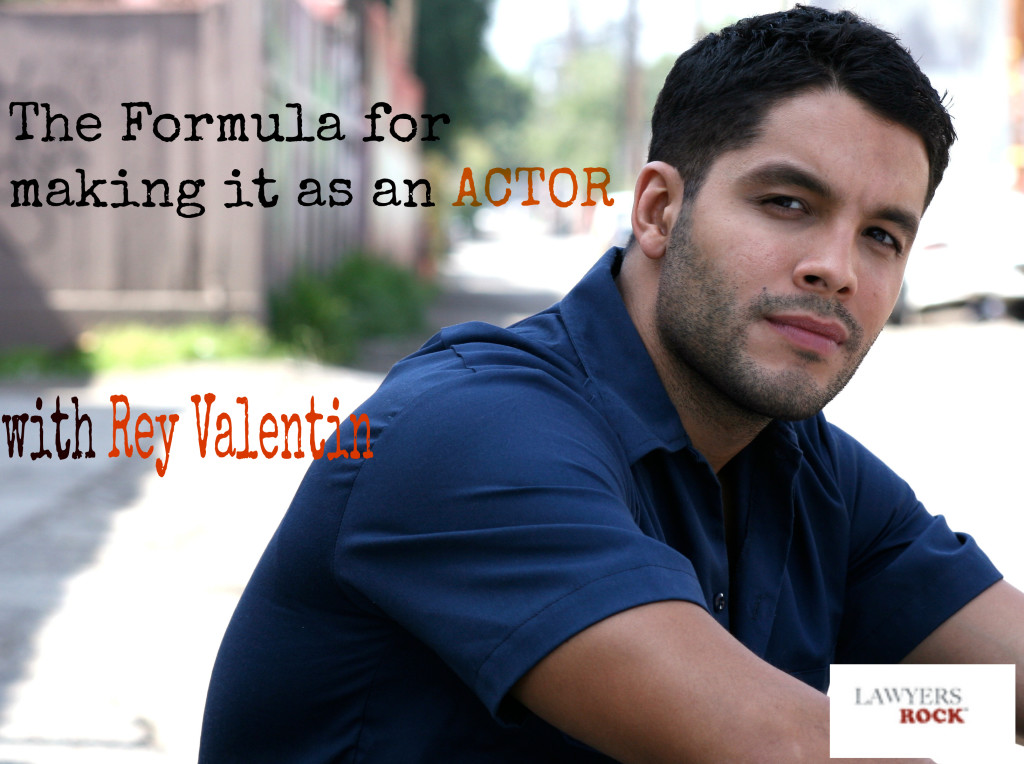 As a weekly blogger on the business side of the entertainment industry, people often ask me what blogs I myself follow on the subject. To stay on top of things I read a handful of blogs regularly.
As a weekly blogger on the business side of the entertainment industry, people often ask me what blogs I myself follow on the subject. To stay on top of things I read a handful of blogs regularly.
My favorite kind however are the ones represented by individuals who have real world experience in the entertainment industry and have real actionable advice to share. Anyone can tell you what works in theory but the real value is when you find those folks who have followed their own advice and carved out success in this very competitive space.
When it comes to Independent filmmaking, two of my favorite blogs that fit everything I just described are GoodinaRoom.com and FillmmakingStuff.com. Good in a Room is run by my friend Stephanie Palmer and I have interviewed her in the past which you see here. But today was my first chance to sit down one-on-one with Jason Brubaker from Filmmaking Stuff who I have been following on a regular basis for quite a while now.
Jason founded his website to show you how to make your film, sell it, distribute it, market it and all types of great information that you need in this new age of digital distribution. Not only that but he puts out an incredible amount of content that is really high quality and has done a great job building his reputation and brand in this space as an influencer and thought leader.
Jason has been at speaker at Sundance and countless other filmmaking events and conferences in L.A, and is an expert on the topic of the latest changes in Independent filmmaking and distribution.
Below is my conversation with Jason and, as always, we have highlights of the video below it for your convenience.
Interview Highlights
0:52 Jason greets and introduces himself and tell us his specialties and the purpose of his Website.
1:17 Find out what inspired Jason to start his site and how working on his own feature film made him realize the traditional way of creating and distributing a film was flawed and not for him. Jason explains the steps he personally followed to maximize the selling of his film.
2:04 “Make, market and sell your film without the middleman!” Jason explains his companies mantra and shares with us what is now available to filmmakers to create their own studio and manage the sales, marketing and distribution of your product without the need for the traditional middle man eating into the profits.
2:55 How some savvy filmmakers have learned to control their production from ‘script to screen’ and maximize the profits for their films. and how you can do and should be doing the same!
3:12 What is the future of the traditional model for film distribution? Jason also explains what the difference is between what the big studios are doing and what the independent filmmakers should be doing and why they are different.
3:42 Jason explains the importance of internet marketing for filmmakers, how he learned pretty quickly how to drive traffic to his website to make more sales, and how you can do the same.
4:13 Learn how social media impacts your film and how to get the audience for it by working with people who have huge social media followings as a team to potentially help your movie.
4:54 Jason teaches exactly what he means by ‘sourcing an audience’ and what your goals are once you know who your audience is.
6:30 Jason shares his most important and key concepts from his super popular ebook ‘The Filmmaker Checklist’ which contains everything a filmmaker needs to get the audience they want, how to manage those results and the tactics to convert that into sales.
7:16 Answering one of my favorite questions, Jason explains some of the biggest struggles he had in building his entertainment business. Find out the one and most important lesson he learned about how to succeed.
8:20 What is the one question Jason asks himself before making any business decision? Hint: It’s what has allowed him to make sure he is providing information his target market eats up and always want more.
8:44 Jason shares one funny ninja trick he uses to exercise time management and make sure his daily actions are having the biggest impact on his business.
9:14 Jason shares his contact information and invites the Lawyers Rock audience to reach out to him anytime they might need something from him or have questions.
e: jason@filmmakingstuff.com
Bonus! Free downloads for Filmmakers http://makeyourmovienow.com
Wow! Pretty awesome interview. Jason is a wealth of great information for independent filmmakers and it was a real pleasure having him on to share with you guys.
Show him some love with some comments below and Ill see you next time.
Richard
P.S. If you are an independent filmmaker, make sure you have agreements in place to protect your work! You can find my very affordable agreement package here.
 I talk about Branding A LOT on this website. That’s because when it comes to the Entertainment world branding is not just another industry buzzword it is truly important to success. As the entertainment industry continues to put more emphasis on working with people who have their own fan influence via huge social media followings, branding will just continue to grow in importance.
I talk about Branding A LOT on this website. That’s because when it comes to the Entertainment world branding is not just another industry buzzword it is truly important to success. As the entertainment industry continues to put more emphasis on working with people who have their own fan influence via huge social media followings, branding will just continue to grow in importance.

 Keylight
Keylight

 This site is primarily designed for you the Entertainment Entrepreneur. That’s why I love to feature people who are doing well in various areas of the entertainment industry so we can all learn from their experiences.
This site is primarily designed for you the Entertainment Entrepreneur. That’s why I love to feature people who are doing well in various areas of the entertainment industry so we can all learn from their experiences.

 This week’s post is about the people who choose the music that you hear in your favorite TV shows and films…Music Supervisors.
This week’s post is about the people who choose the music that you hear in your favorite TV shows and films…Music Supervisors.